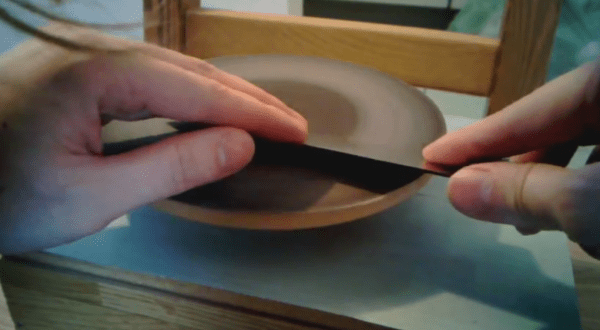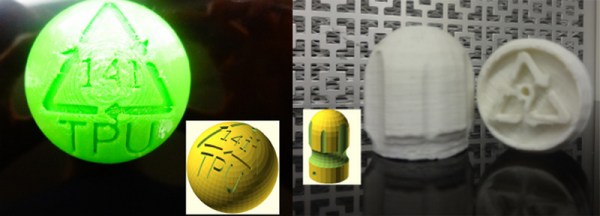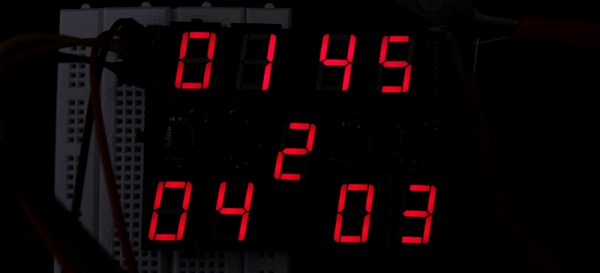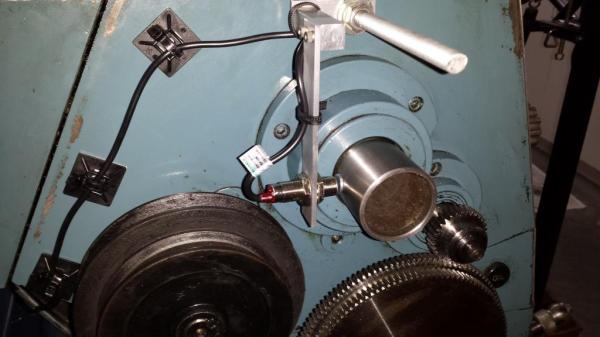Hackaday, we have a problem. Clean water is precious and we want to come up with some ideas to help conserve it. Today’s topic is water wasted while showering. Let’s kick around some ideas and prompt some new builds for The Hackaday Prize.
We’ve all done it; your mind wanders and before you know it you’ve been standing in the shower for far too long. How much water have you wasted? Who know’s, there’s no feedback loop in the shower. But we think adding a little bit of feedback is a fantastic avenue to help combat wasteful habits.
Color Changing Showerheads

What if the showerhead changed colors based on how much water had flowed through it? We’ve already seen consumer showerheads that have the LEDs inside of them, and flow meters are readily available. Start your shower off in the green, as you lather up the suds it moves through blue, purple, orange, red, and finally to flashing red. It doesn’t have to be annoying, but just enough to help quantify how much is pouring down the drain.
Shower Beats
We were big fans of the game SSX Tricky back in the day. The better you were at tricks, the better the music was. If you crashed hard, you’d be listening to nothing more than hi-hat and subdued bass. Apply this to shower time. What if that flow meter you installed on your shower head was connected to a shower radio? Start it off with the best music in the world and progress to the lamest as you run the reservoir dry (ymmv on these selections of course).
Now You Try
If you shave off 5 seconds from your shower it will have a tiny impact in your household. But imagine the aggregate of every household in the world doing so.
This is part of what the 2015 Hackaday Prize is all about. Get the idea machine rolling. Tell us your riff on the shower feedback loop in the comments below. Put up a new project on Hackaday.io, write down an idea, and tag it “2015HackadayPrize”. We’re on the lookout for the best seed ideas and will be giving away shirts and stickers to the ones that show real promise. We’ll be featuring some of these in future installments of “Hackaday, We Have Problem” and if we choose yours it’ll land you with some swag of your own.























